Aug 12, 2025
Author:Lisa Martinez
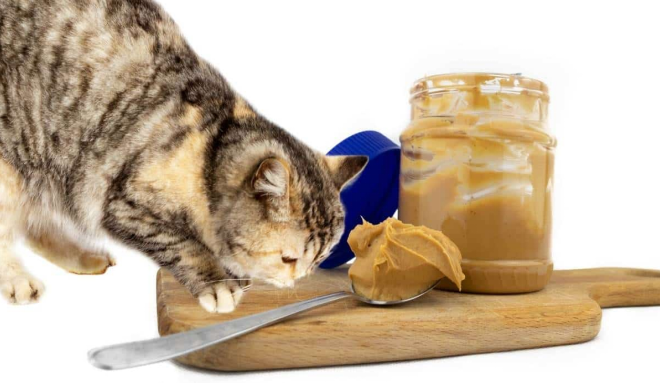
Have you ever seen your cat sniffing your peanut butter toast and wondered whether it is safe to share it with your cat? You are not the only one. Most cat owners wonder what human food they can feed their pets, and peanut butter is a common answer. Although it may appear as an innocent snack, it is not necessarily the most favorable option for your cat's health.
Here, we are going to examine what exactly is in peanut butter, the dangers it may present to cats, and whether it is worth serving at all. We will also provide safer options and ways of introducing new foods to your cat without causing problems.

The peanut butter appears to be an innocent food but it contains more than peanuts. The ready-made ones are likely to have sugar, salt, oils and preservatives. Some of the so-called sugar-free brands even have xylitol, a sweetener that is highly poisonous to animals even in small quantities.
Cats do not metabolize fats like people and too much fatty food can cause an upset stomach or pancreatitis, a painful inflammation of the pancreas. One needs to understand what foods to feed their cat to keep it hydrated.

Raw peanut butter (peanuts that are ground up without additional ingredients) is not poisonous to cats, but it is not the finest. As stated, xylitol is a massive red flag, and it can cause a sudden drop in blood sugar, seizures, or liver failure after consumption. The excessive salt and sugar content of regular peanut butter can also cause obesity, dental, or gastrointestinal problems in cats, even without the addition of xylitol.
Food allergies or sensitivities may also be experienced by cats. Your cat may vomit, have diarrhea, itchiness or swelling around the mouth in case he or she rejects peanut butter. It is similar to the fact that some cats are allergic to dairy, and it is better to know what cats can and cannot drink other than water before offering them new snacks.
Yes, a very small quantity of unsweetened natural peanut butter may be given occasionally as a treat. However, it should not be consumed as a common snack.
Your cat is not built to eat human snacks, but to digest protein-rich and meat-based food. If you are interested in something safe and enjoyable to eat, consider such alternatives as cooked chicken, tuna, or even homemade cat snacks or ingredients that you are already sure about. These are more appropriate to the dietary requirements of your cat without the risk.
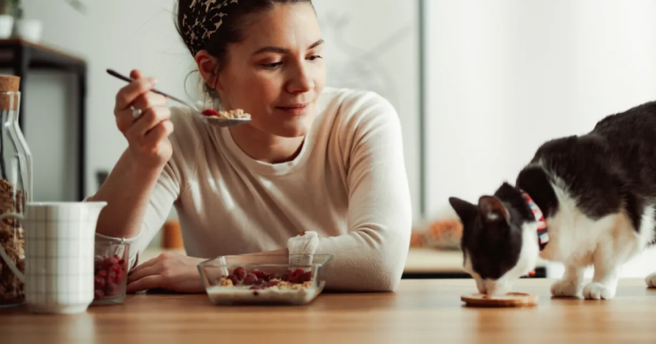
Have you ever wondered why your cat suddenly becomes interested in your plate especially when you are eating tasty stuff like peanut butter? Cats are obligate carnivores and do not need human food. They are curious animals, and they will probably want to know what you are eating. At other times, it can be the smell, the texture, or even the reaction that you have towards the food that draws their attention.
Understanding cat behavior will help you to manage this curiosity healthily. Instead of letting your cat nibble your dinner, offer them with some interesting distractions like puzzle feeders or toys that will encourage play and hunting behavior. A feeding schedule or automatic pet feeder can be used as a boundary reinforcement in case your cat begs during meals, and make your cat happy.
While the occasional lick of peanut butter probably won’t harm your cat (as long as it’s xylitol-free), there are plenty of safer treats you can offer instead:
● Chicken or turkey (boiled) (no seasoning)
● Meat dog treats freeze-dried
● Fish such as salmon or tuna cooked in water
● Pumpkin puree (assists in digestion)
● Treats or toys with catnip in them
All you need to do is introduce new treats slowly. Be aware of how your cat reacts and never give too many treats, as a part of their total food intake, preferably not more than 10%.
Cats are animals of habit; they will not be pleased with a slight alteration in their routine, and this is more so when it is about food. The secret is to add it slowly when introducing something new in their diet so that it does not upset their stomach or cause a food sensitivity reaction.
Begin by introducing a small portion of the new food together with the regular food; a good proportion is 25 percent new to 75 percent old.
A gradual mix will allow the digestive system of your cat to get accustomed when you are introducing a new protein source, like cooked salmon or a different type of kibble. Observe them through this change in their behavior and bathroom habits. Look out to see any signs of ailments like vomiting, diarrhea or fatigue.
Check for any of the problems such as vomiting, diarrhea or fatigue. When something does not feel right, reduce and do what’s working. And in case you are ever in doubt, it never hurts to consult your vet.
The process may require some trial and error since no two cats are the same. However you can experiment with new, healthy food alternatives for your feline pet with a little patience and without the stress.
You should know the health risks of peanut butter for your cat before giving it a spoonful.
Among the largest threats is xylitol, an artificial sweetener that is highly toxic to cats and dogs. Even a small dose can lead to seizures, liver failure, and in worst cases, death.
Never give your pet any peanut butter without reading the labels. Seek out brands that are free of xylitol and have only peanuts.
Peanut butter is thick and sticky, which can lead to choking, particularly in small cats. Other cats cannot swallow it correctly, and this can lead to coughing or gagging.
To prevent this, do not give large doses and dilute it with water or put a small quantity on a spoon instead of allowing your cat to lick it off your hand.
Peanut butter is fat and contains a lot of calories, approximately 90 to 100 calories in one tablespoon. It is a lot considering that the small animal has a daily caloric requirement of between 150 and 250 calories.
Excessive consumption of peanut butter may also cause weight gain and predispose people to obesity, which subsequently causes other health complications such as diabetes or joint diseases. You can check the article on How to Know Whether Your Cat Is Overweight.
Although it is very uncommon, there are cats that are allergic to peanuts. Symptoms include:
Itchy skin
● Swelling
● Vomiting
● Diarrhea
● Sneezing or coughing
In case you observe any strange behavior or symptoms following the consumption of peanut butter by your cat, stop using it and seek medical advice from your vet.
If your cat got a chance to get inside a jar of peanut butter or tasted more than a bite, look out for the following symptoms:
● Vomiting or diarrhea
● Fatigue or anorexia
● Drooling or licking of the mouth
● Difficulty in breathing or coughing
● Shaking or convulsions (in severe cases)
To prevent future accidents like this, consider using an automatic pet feeder that controls food portions and schedules. This ensures your cat doesn’t overeat or get into human snacks when you're not around.
Call your vet as soon as possible when you suspect your cat has eaten a product containing xylitol or if your cat has severe symptoms.
It is also useful to have the emergency number of your vet with you when traveling or out of town, just as knowing what to bring when traveling with pets can help you when emergencies happen on the road.
Then, the question is, is peanut butter safe for cats? Technically, yes, but only in minute quantities, and only when it is produced with 100 percent peanuts with no dangerous additives. However, in the case of feline health, non-toxic does not necessarily mean good.
You can find many other means to treat your cat with tasty, healthy, and species-specific treats. It can be knowing more about the best toys to play with your indoor cat or learning more about homemade snacks, but the safety of your pet must be the priority.
Label:
Popular Post
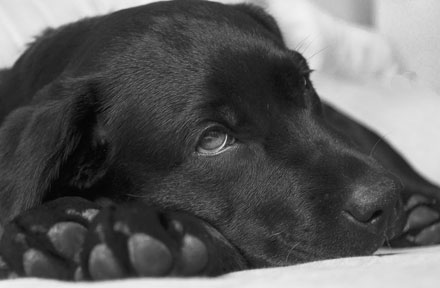
What to Feed a Sick Dog With No Appetite? [2025 Guide]
May 16, 2023
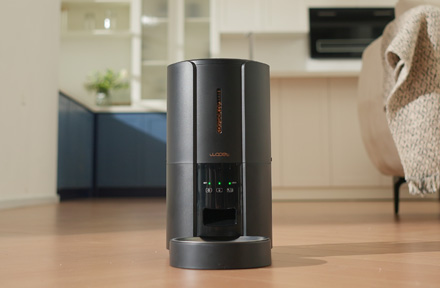
Troubleshooting Common Issues with Automatic Pet Feeders: Tips & Tricks for Pet Owners
Oct 26, 2023
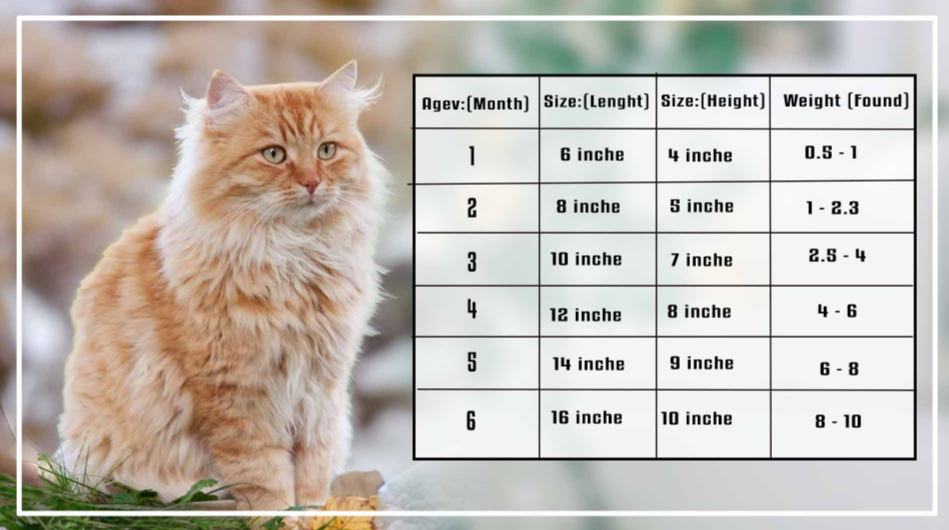
What is a standard Cat Weight chart by age Kg?
Mar 19, 2025
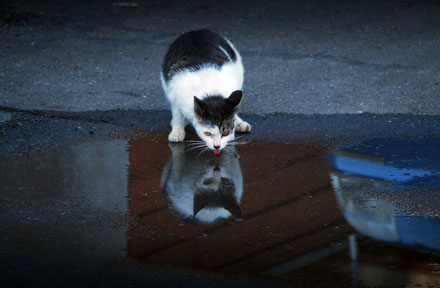
Why Does My Cat Cough After Drinking Water? 8 Potential Reasons
Mar 13, 2023
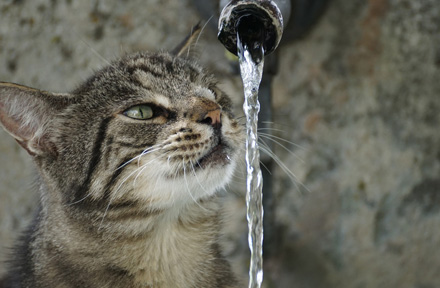
Why is My Cat Throwing up Water? Top 5 Causes Here
Feb 08, 2023
$109.99
$129.99
Copyright © 2025 WOPET. All Rights Reserved.